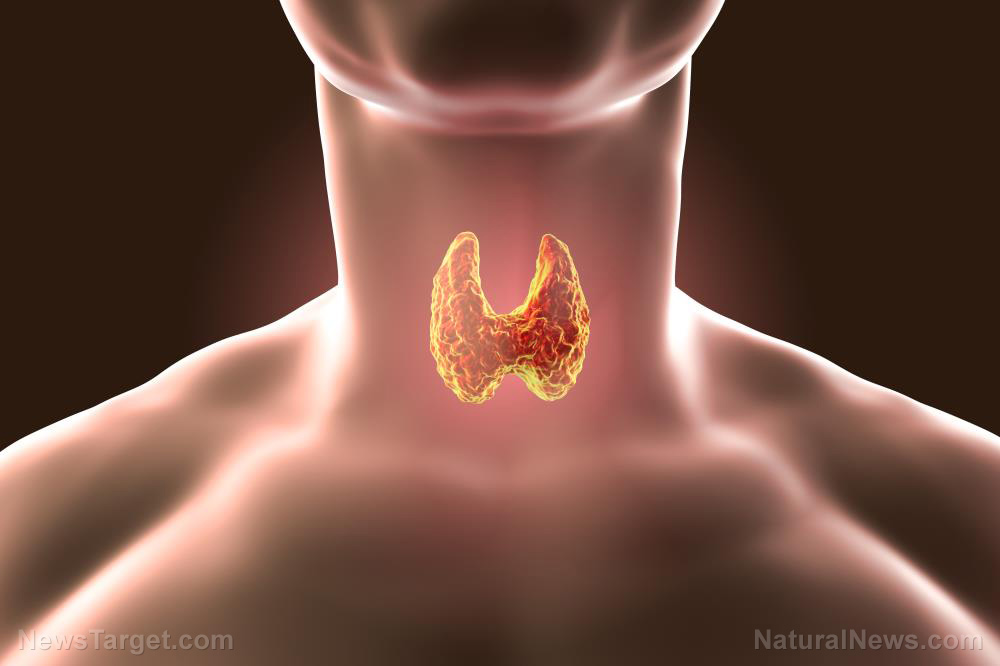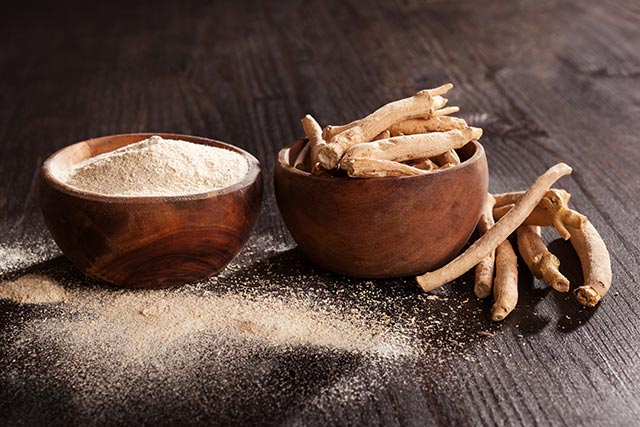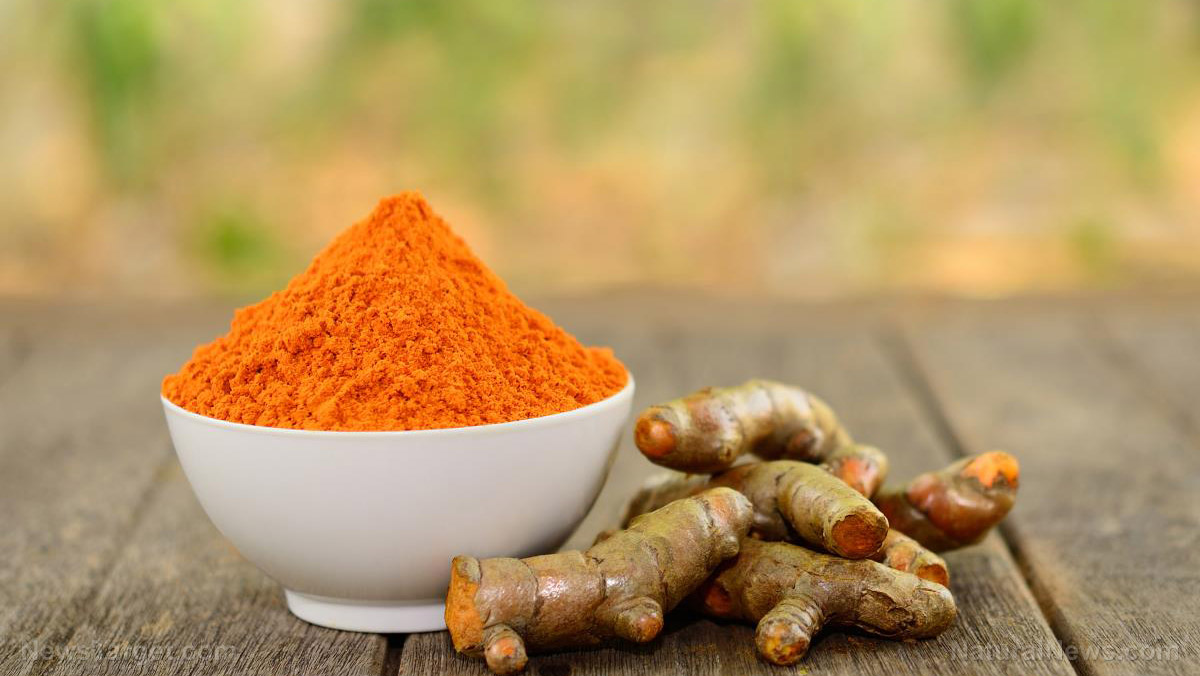Silverweed is a natural cough medicine
12/14/2018 / By Edsel Cook

Traditional Chinese medicine prescribes silverweed (Potentilla anserina) as a herbal remedy for coughing. Researchers believe that the root of the plant contains bioactive compounds that reduce the severity of coughing and help increase the sputum in the air passages.
One of the most common symptoms of respiratory illness, coughing can cause significant difficulties and pain for the patient. It is usually treated with pharmaceutical antitussives and expectorants.
The majority of antitussive drugs are known to have harmful side effects. This has driven researchers to look for new and safer means of treating people plagued with coughing.
Many plants are used as cough remedies in folk medicine. These medicinal herbs and plants cause fewer side effects than their synthetic counterparts.
Silverweed is one such plant. Endemic to western China, it is considered a functional food and a medicine plant. It is an important ingredient in congee, a highly nutritious local food that is served to people of all ages.
The root of the plant is rich in carbohydrates, flavonoids, histidines, lysine, proteins, and tannins. These isolated polysaccharides have been tested for their antioxidant, immune-stimulating, and anti-cancer activities. (Related: Homemade Syrup for Reversing Cough and Clearing Phlegm from Lungs.)
Testing the extracts and polysaccharides of the silverweed’s root
Lanzhou University of Technology (LUT) researchers studied the antitussive and expectorant properties of extracts and polysaccharides derived from silverweed. They processed the roots of the plants to produce an ethanol extract, a water-based extract, and the various polysaccharides found in the plant.
The extracts and polysaccharides were tested on three different animal models. Two of the models used Kunming mice, while the third was comprised of guinea pigs.
The animals were distributed among several groups. The control group would not receive anything, the vehicle group got a placebo, and the positive control group was given either codeine phosphate for the antitussive test or ammonium chloride for the expectorant test. The other groups were treated with either silverweed extract or the polysaccharides.
In the first mouse model, ammonia liquor was used to induce coughing in mice. The effectiveness of the treatment as an antitussive was measured by the number of coughs that it stopped.
The second mouse model more or less repeated this. It used sulfur dioxide instead of ammonia liquor as the artificial means of triggering coughing.
Finally, the guinea pig model was sprayed with citric acid to cause coughing fits. The antitussive effects of the treatments were analyzed.
To determine the expectorant activity of a substance, mice were injected with the treatments and then a phenol red solution. They were sacrificed so that their trachea could be analyzed.
Animal tests confirm antitussive and expectorant effects of silverweed
The LUT researchers found significant antitussive potential in the aqueous extract and polysaccharides of silverweed root. The latter was considered to be more effective in preventing coughing fits in mice and guinea pigs.
This outcome repeated itself in the expectorant test with mice. The polysaccharides outperformed ammonium chloride, the pharmaceutical drug commonly used to improve expectorants.
However, the ethanol extract was nowhere as effective as the others. Only the high dose achieved any effect, and it was in the sulfur dioxide antitussive test.
Based on these outcomes, the researchers concluded that silverwood root is a good candidate for developing new antitussive and expectorant therapies. They also believed that the polysaccharides are the main bioactive components of these beneficial effects.
The study was not able to identify the specific mechanism by which the polysaccharides and extracts can reduce coughing and improve the airways. The researchers strongly recommend further testing.
You can read more articles about silverweed and other plant-based cough remedies at Healing.news.
Sources include:
Tagged Under: antitussive, Chinese herbal medicines, Cough, cough remedies, expectorant, folk medicine, medicinal herbs, silverweed, traditional Chinese medicine




















